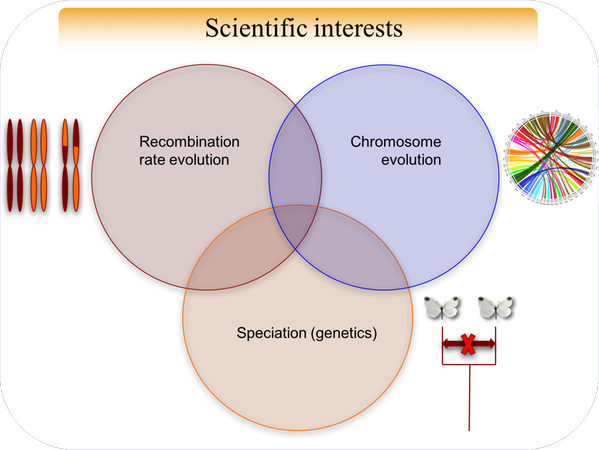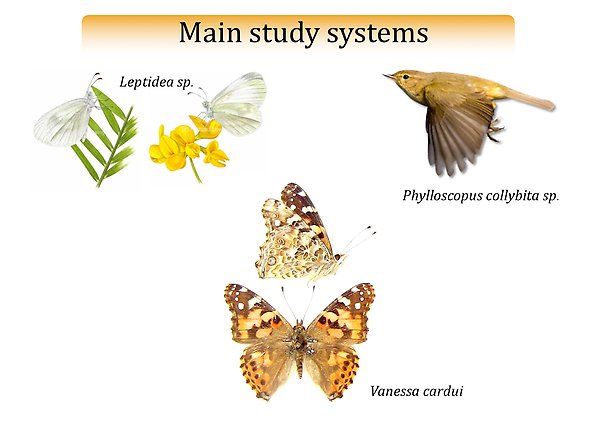Backström lab: Our research

Since the Modern Synthesis, when Darwin’s model of evolution by natural selection was combined with principles of chromosome inheritance and population genetic theory, it has been appreciated that genetic approaches are central for our understanding of local adaptation and the forces that drive population differentiation and speciation. However, little is known about the underlying mechanisms.
Examples of core questions that still are largely unresolved are: What genetic elements underlie adaptations and population differentiation and how are they distributed over the genome? How many loci are involved and what proportional effect does each locus have? How important is epistasis and pleiotropy in general and in specific cases? What are the causes and consequences of molecular factors like mutation, recombination, gene conversion and chromosome rearrangements? Are functional changes the result of expression differences or structural changes?
Our research aims at understanding the genetic underpinnings of local adaptation, population differentiation and speciation and to quantify how variation in karyotype structure and recombination rate affect the genome and the potential for adaptation. We address these questions using both classical genetic methods and new genomic tools.

Birds and butterflies demonstrate a copious diversity in phenotypic traits and adaptations. They are widespread, generally abundant and often eye-catching. As a result, birds and butterflies have for long been tractable study organisms in ecology, hybrid zone dynamics and speciation research. Many of these ecological model systems have now reached a point where data on species-specific behavior, morphology and ecology can be combined with large-scale molecular investigations. In an international collaborative framework we have formulated hypotheses to answer key questions related to reproductive isolation, local adaptation, genome evolution and conservation practices in a set of systems including recently to moderately diverged populations and species; wood white (Leptidea sp.) butterflies, the painted lady (Vanessa cardui), the clouded apollo (Parnassius mnemosyne) and Assmann's fritillary (Melitaea britomartis).
A collection of pictures from lab, conferences, field work and other occasions

Field work on Öland 2022

Field work on Öland 2022

Writing retreat at Klubban 2022
